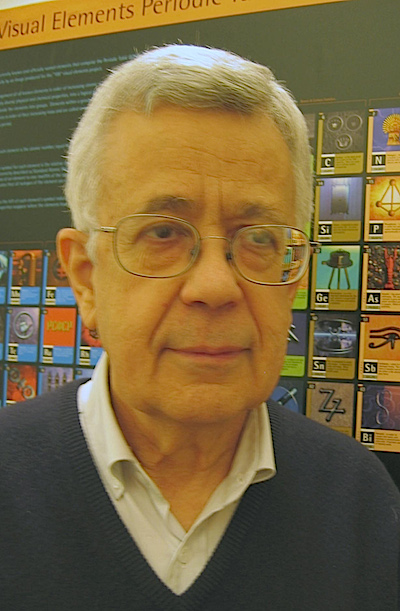Cambridge 7th to 9th September

Presenting Author:
Antonio Pires de Matos
<apmatos@fct.unl.pt>
article posted 20 Apr 2015
Antonio Pires de Matos
Degree in Chemical Engineering, Technical University of Lisbon 1962. PhD in chemistry,
Cambridge, U.K., 1970. Fellow of the Society of Glass Technology, U.K. since March 2009.
Emeritus Invited Full Professor at the Universidade Nova de Lisboa.
Current research activities at the Research Unit Glass and Ceramics for the Arts,
VICARTE
<www.vicarte.org>
Provenance studies of Portuguese glass; Science applied to contemporary glass art.

Playing with borosilicate luminescent glasses
António Pires de Matos1*, Andreia Ruivo1,2, Nuno Paulino3, Cesare Toffolo4 and Robert Wiley1
In this communication the use of luminescent borosilicate glasses in artistic applications is described. They were made by adding to the borosilicate batch europium, terbium or dysprosium, and melted in an alumina crucible at 1650ºC. Under a UV light they display pink, green and yellow colours respectively. Another process was developed by using the rare earth oxides encapsulated in a borosilicate glass tube and further heated in an oxygen/propane torch. The UV light sources used were either fluorescent bulbs or LEDs.
 A 3D printer was used to produce models of orbitals which were based on
figures published by H. G. Friedman, Jr. et al [1], who, for their shapes, considered
only the angular part of the wave functions.
A 3D printer was used to produce models of orbitals which were based on
figures published by H. G. Friedman, Jr. et al [1], who, for their shapes, considered
only the angular part of the wave functions.
The 3D models were made with a non refractory powder, printed in a 3D printer ZCorp, using parametric plots by the Mathematica program.
Based on this work one of the authors made, in an oxygen/propane torch, some orbital models in luminescent borosilicate glasses, which were part of an artwork shown in the exhibition Within Light /Inside Glass in Venice
Reference:
[1] - H.G. Friedman, Jr., G. R. Choppin and D. G. Feuerbacher, Journal of Chemical Education, 41, 354 (1964)
Institutions:
1 - VICARTE, Research Unit 'Glass and Ceramic for the Art', Faculdade de Ciências e Tecnologia, UNL, 2829-516, Monte da Caparica, Portugal.
2 - REQUIMTE, Chemistry and Technology Network, Faculdade de Ciências e Tecnologia, UNL, 2829-516, Monte da Caparica, Portugal.
3 - DEE/CTS-UNINOVA,, Faculdade de Ciências e Tecnologia, UNL, 2829-516, Monte da Caparica, Portugal.
4 - Glass Studio, Fondamenta Vetrai, 37 - 30141 Murano - Venezia
